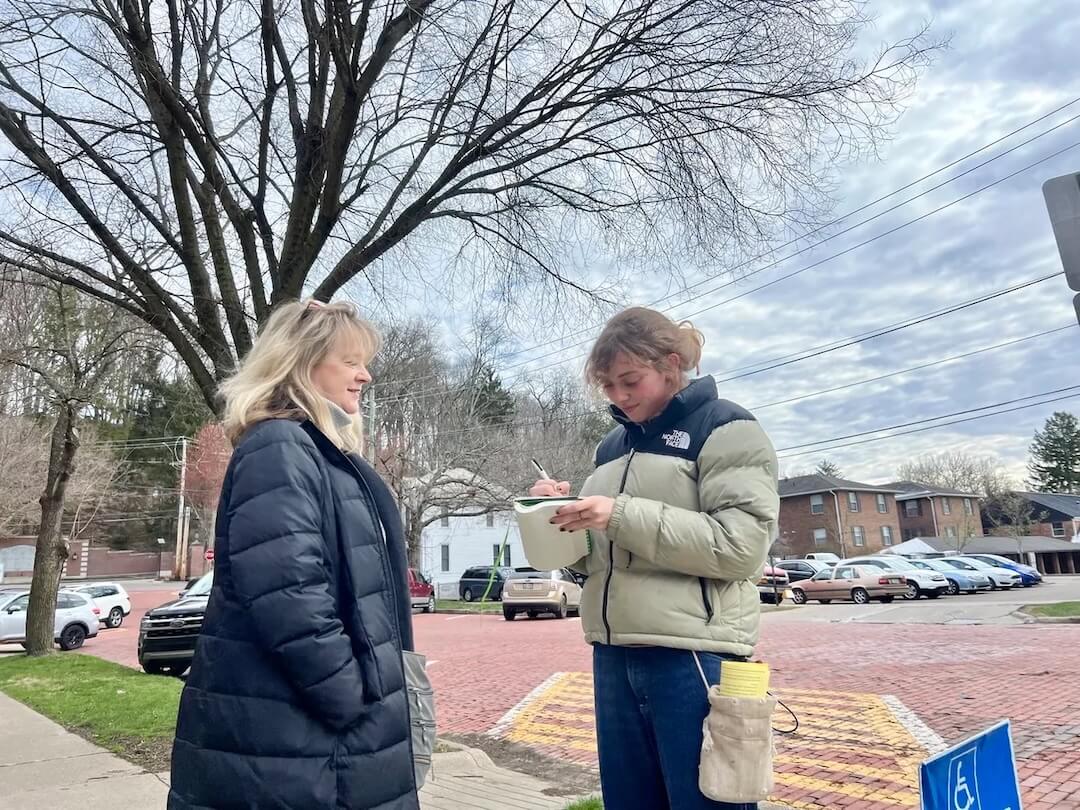By now, the for-profit Seattle Times is pretty good at working with nonprofits in funding critical coverage.
From 2010 to 2018, the Times brought in $4 million from 21 foundations, corporations and nonprofits to cover education, traffic and homelessness.
On Thursday, it announced the launch of a new fund, and this time, the Times thinks both the community and individuals will step up and pay up.
“Our goal is to build one of the largest local investigative teams in the nation to increase our ability to engage the public, call for accountability, and explore solutions to make a difference for the people of our region,” The Seattle Times Investigative Journalism Fund leads with online. The project is an initiative of nonprofit The Seattle Foundation, which has worked with the Times before.
But will people open their wallets? The Times thinks so.
For several months last year, the newsroom tested the idea of individual support through a series of events and surveys with prospective donors. They talked with the powerful and the regular at all different income levels and heard two things: people want a tax deduction and they get why investigative reporting matters.
“The awareness now about the importance of journalism and helping it survive and thrive is so much higher than it was a few years ago,” said managing editor Michele Matassa Flores. “We wanted a way for everyone to get involved, not just people who have a lot of money.”
That emphasis on individual donors is important, Matassa Flores said, because “there is an added layer of complexity with investigative reporting.”
Getting regular people to support local investigative work reinforces the Times’ independence, she said, and holds the newsroom accountable for looking for stories in every corner it can.
“The broader investment we can get,” she said, “the stronger this can be.”
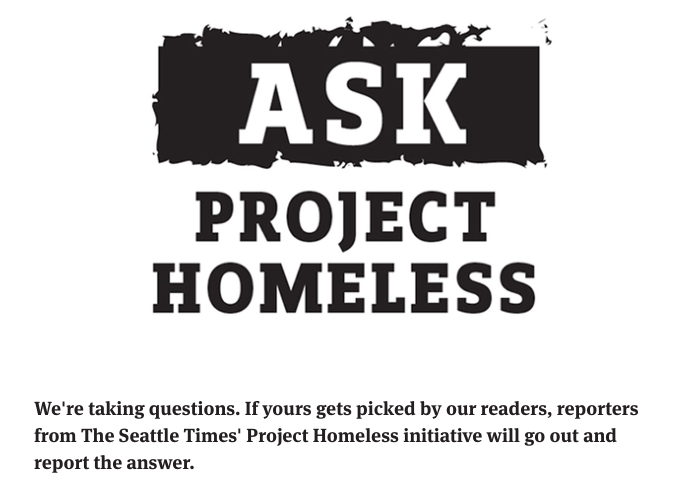
Screenshot, The Seattle Times
The Times currently has a four-person investigative team made up of two reporters, a news researcher and deputy managing editor Ray Rivera. The first goal of the new fund is to raise $500,000 this year (preferably by this summer) to hire the team its own editor, add two reporters and pay reporting expenses including travel costs, said Sharon Chan, vice president of innovation, product and development and a pioneer behind the Times’ community funding strategy.
Related: How The Seattle Times brought in more than $4 million to fund critical coverage
The goal is not to recreate the investigative reporting team of the past, she said.
“We want to build an investigative reporting team for the future.”
That means the coverage depends on and is informed by community engagement. There’s a focus on diversity and reflecting the community, collaboration with groups and other news outlets, investment in tools and digital storytelling and a solutions-focus.
“We want to do more than expose problems,” Chan said. “We want to report on solutions that are working.”
And those goals come directly from success with the Times’ other community funded reporting projects around education, homelessness and traffic. How it approaches access and transparency came through those other projects, too.
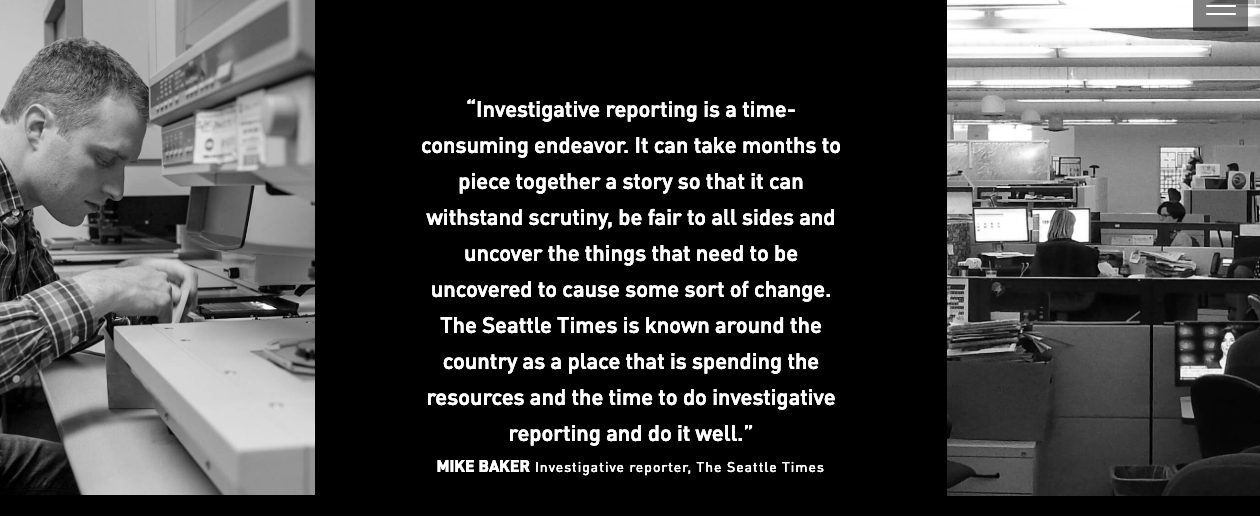
Screenshot, The Seattle Times
The Times’ independence policy has been tested in the past six years, Chan said, with more than 20 funders.
“We have continued to write watchdog stories about the sacred cows of Seattle, regardless of whether they are community-journalism funders,” she said. “A few years ago, we published an investigative story about a sponsor of Traffic Lab. When the time came for us to raise money for the next phase of Traffic Lab, we thanked the funder for their support and did not seek another round of funding from them.”
Related: Where can you find funding for that local journalism project? Here’s a quick guide
Here’s the policy:
The Seattle Times maintains editorial control over content produced with fund resources. Funders do not have any input into the reporting of stories or into any of the specific content that will be produced with fund resources. Funders are not aware of specific stories The Seattle Times newsroom is working on and do not review them before publication. Funders do not have special access to reporters, and readers know who our funders are.
The Times will cultivate donors in several ways, Chan said, including through one-on-one meetings and events.
“We are targeting personal champions of the free press,” Chan said. “This includes civic leaders who care about the future of Seattle and our region, people with a long history of giving in our community, new young stakeholders who are putting down roots in Seattle, mavericks who want to buck the trend of local journalism’s demise in other American cities and people who care about saving things that matter.”
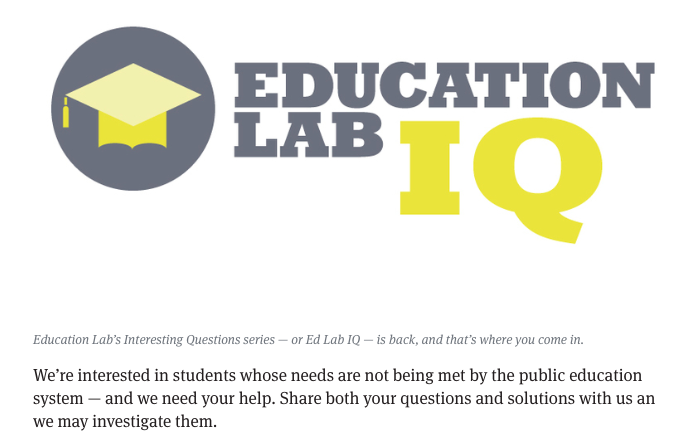
Screenshot, The Seattle Times
The biggest question when the Times first started thinking about community funding years ago was this: Could the newsroom use a new funding model to produce independent journalism that both the public and the newsroom trusted?
In the beginning, the newsroom wasn’t sure.
“What ended up winning people over was the quality of the journalism,” Chan said.
With Education Lab, the Times took a solutions journalism approach, finding problems in the community and looking for places that solved those problems.
“They’re ‘how done its’, not ‘who done its’,” Chan said.
Stories included how one high school was helping low-income students improve their reading skills and another about a school in a predominantly black neighborhood that added the International Baccalaureate program. The reporter spent months tracking the program and wrote about the change in test scores and how students viewed themselves.
Related: How The Post and Courier grew digital subscriptions by 250%
A second, equally important question in the beginning: Do people value journalism enough to support it? The Times asked this in a direct way, Chan said, not through buying an ad or a subscription.
“It was a straight up ‘Will you pay for this journalism that will serve the community?’” she said, “and people said yes.”
In the beginning, it took close to two years of talks to lay the groundwork for the relationships that went into funding the reporting projects.
For the investigative fund, the Times tested the idea at events, sent out surveys and heard back that people wanted to support it and wanted a tax deduction.
So, three months into their planning, they brought the Seattle Foundation in as a fiscal sponsor to ensure the money raised will be spent in the public interest. That means when the Times hires its team and when those teams have expenses, those expenses will be seen by the foundation to ensure the money is going to what it was promised for.
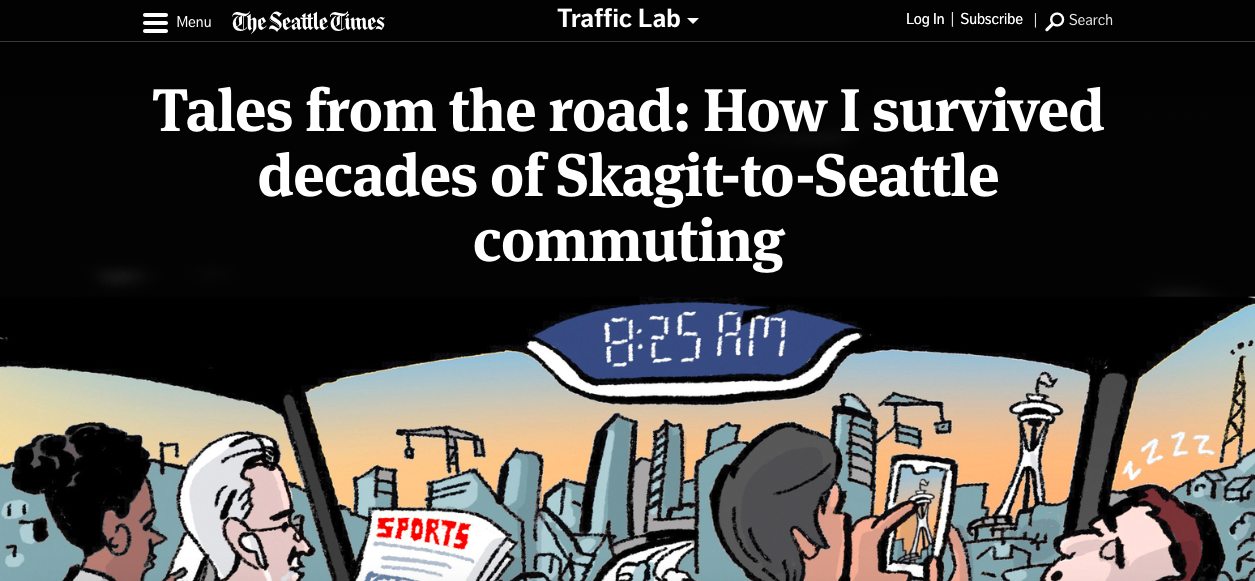
Screenshot, The Seattle Times
In the past decade, the nonprofit model in local journalism has spread, with bright spots including The Texas Tribune, VT Digger and the Voice of San Diego. But for-profit newsrooms, both digital and legacy, have also started harnessing community funding. Last year, Berekelyside raised $1 million through a direct public offering. And in Ohio, Richland Source raised $70,000 for project reporting.
As local newspapers shrink, both models have honed in on investigative reporting. In many places, that work is now being done by local investigative nonprofits, including in Wisconsin, North Carolina and most recently, Mississippi. Projects and fellowships from ProPublica, Report for America, the Center for Investigative Reporting and the Nieman Foundation are all working to fill those gaps, too.
The Seattle Times already shifted its newsroom to focus on the kind of journalism that drives subscriptions. With its Investigative Journalism Fund, its asking for support at an even deeper level, said Matassa Flores.
She said she thinks local investigative journalism is what sets local newsrooms apart, and something that ensures the Seattle Times’ future.
“The most important thing local news can do is produce work people can’t get anywhere else,” she said. “…This is the kind of work that that’s all about.”
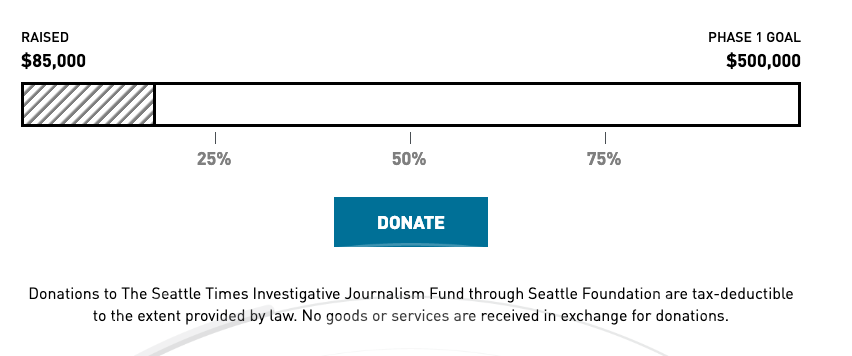
Screenshot, The Seattle Times






